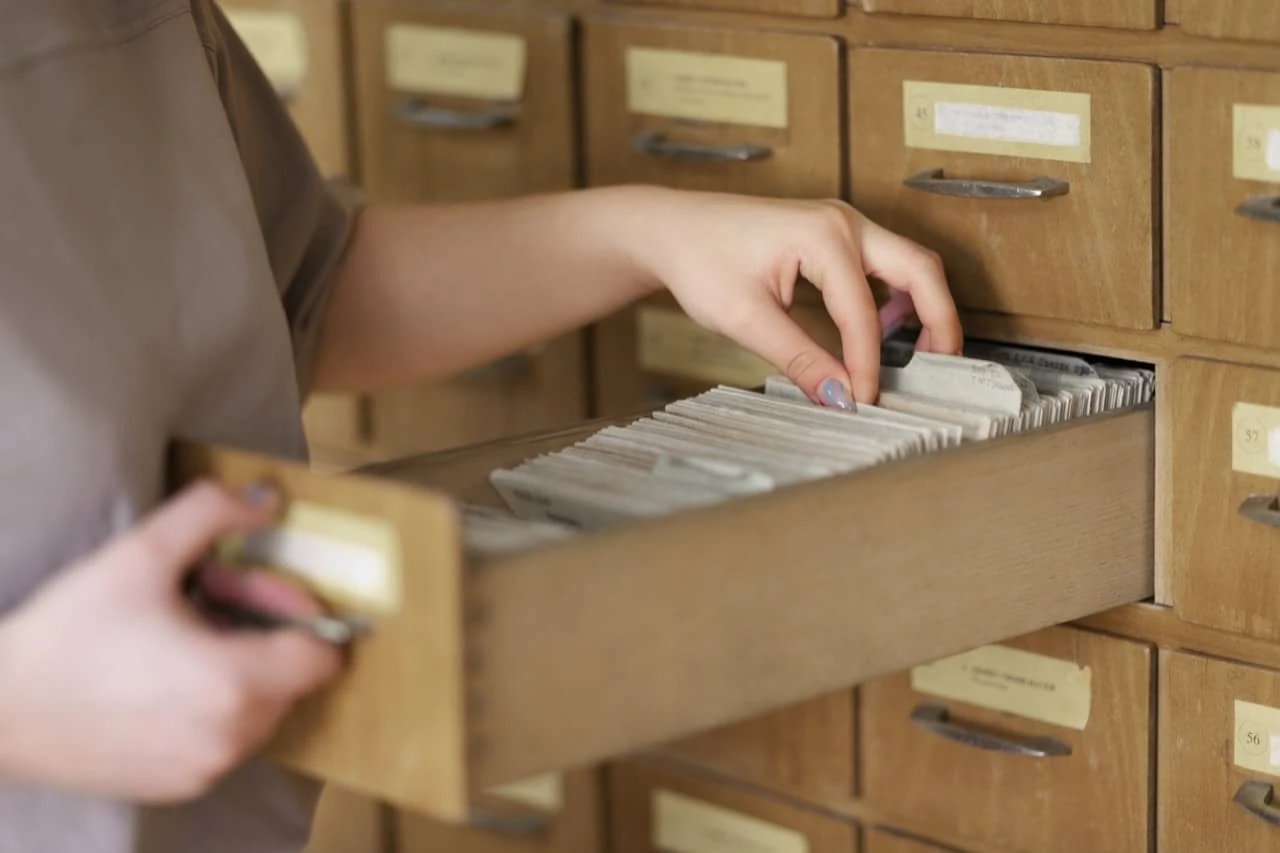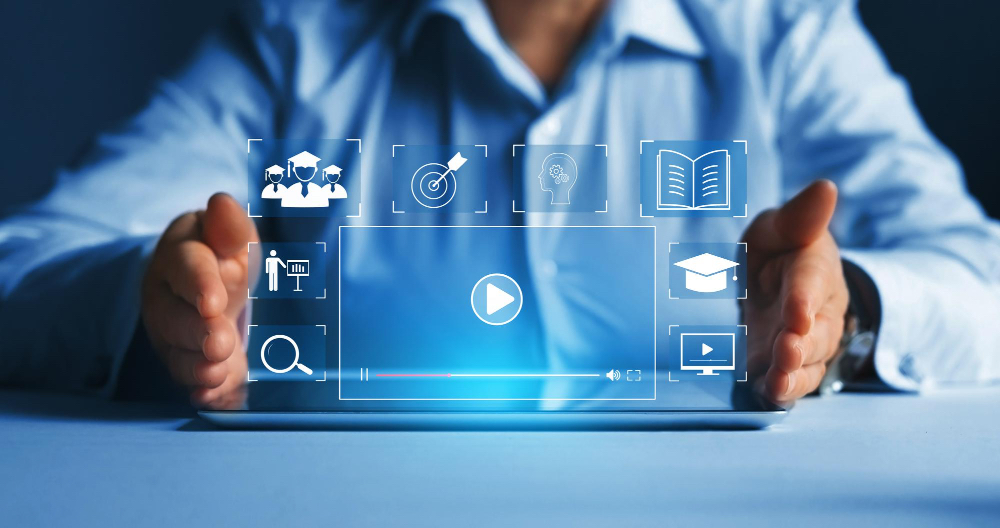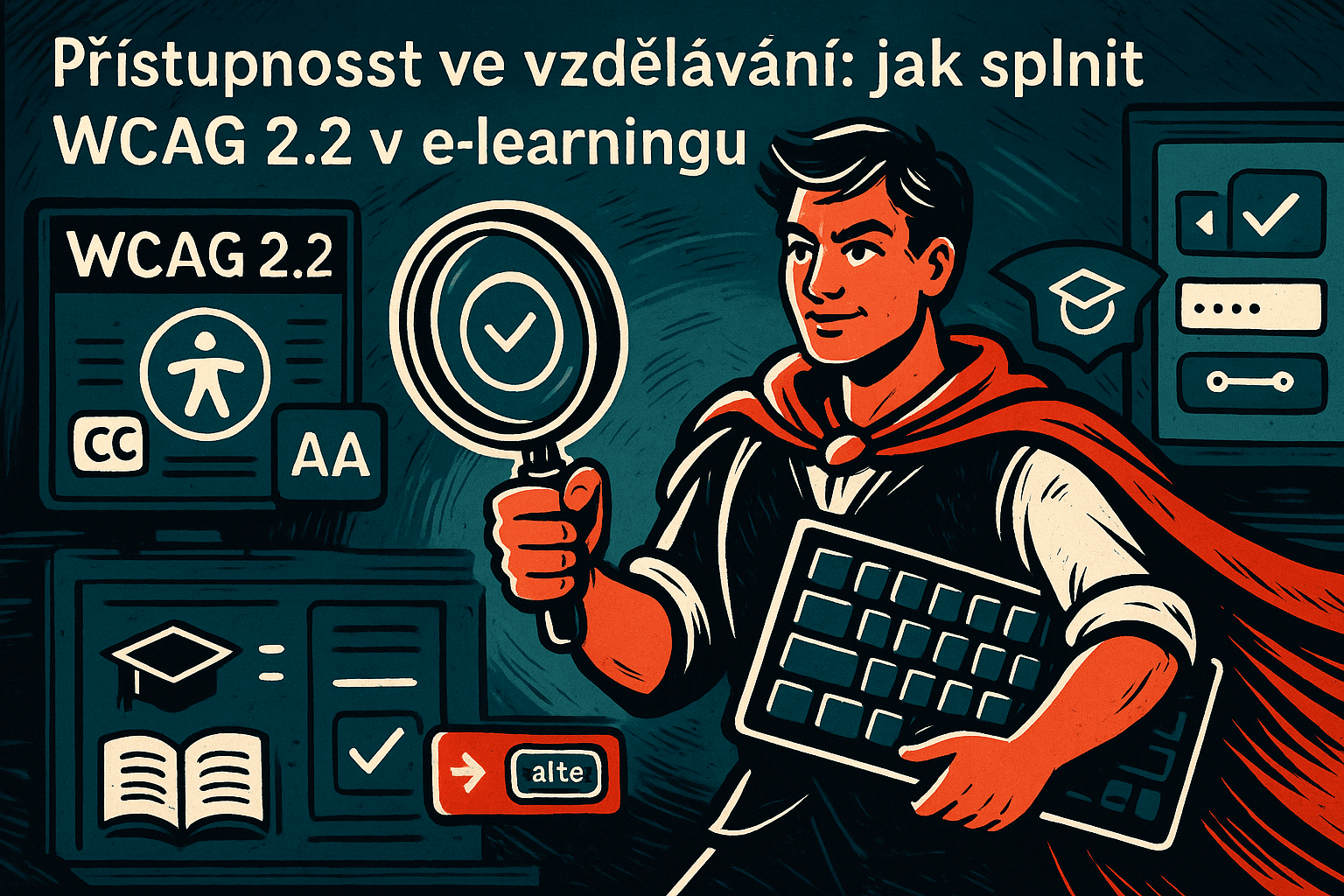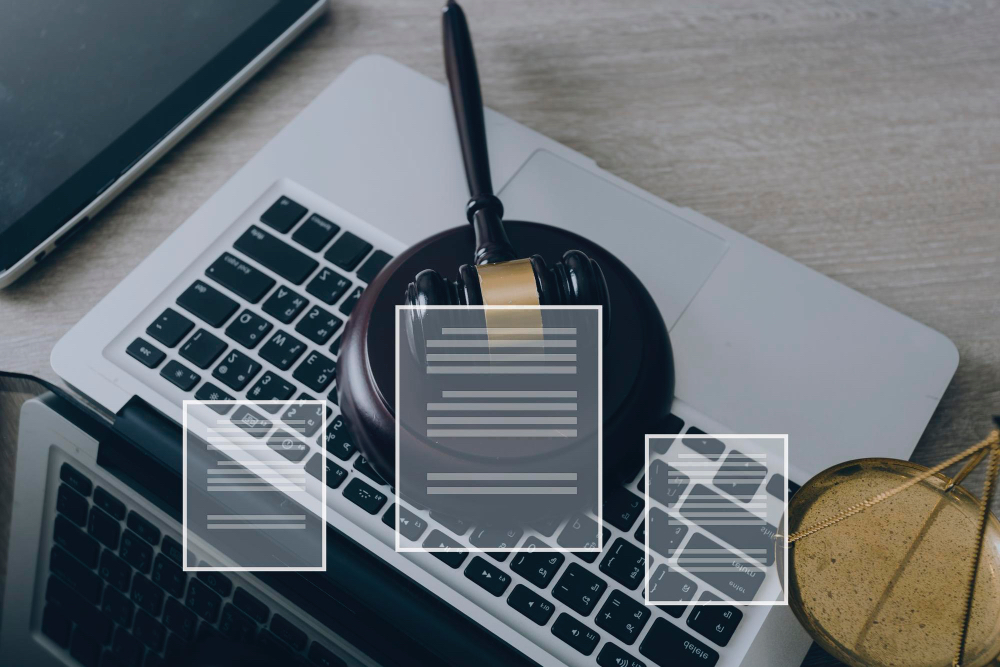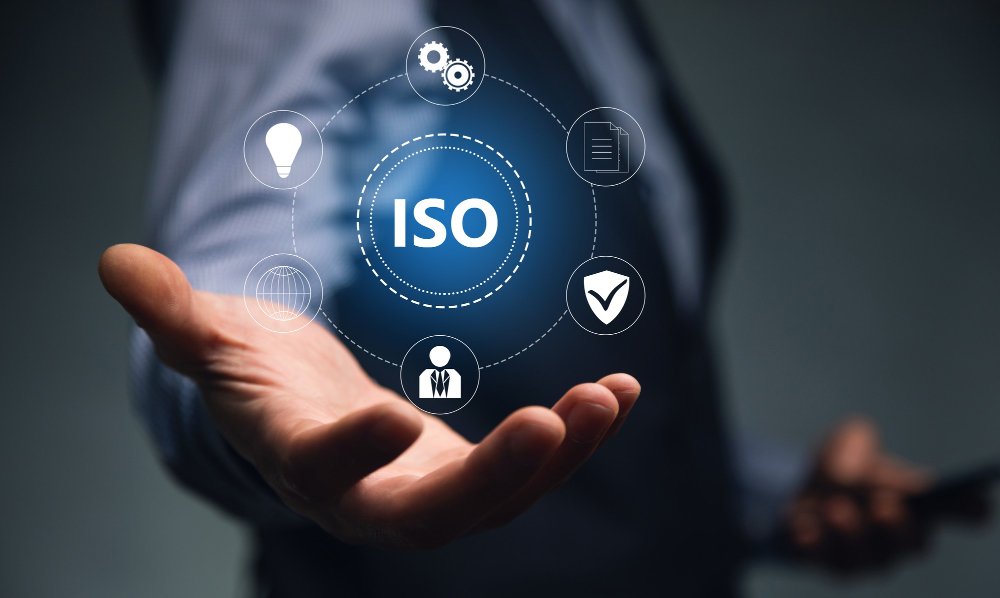LRS (Learning Record Store): what it is and why your LMS may need it
(or how to collect really valuable education data across different channels)
Most of us think of classic e-learning as an online course running in an LMS (Learning Management System). The user clicks through a few pages, completes a test and the system records whether they have succeeded. But what if we want to go beyond that and see how a person learns even outside a classic course? Perhaps in a corporate mobile app, through virtual reality, or by attending a webinar? That's where LRS or Learning Record Store comes in - technology that extends the possibilities of collecting and evaluating learning data to a whole new level.
What is LRS and how is it related to xAPI
Learning Record Store is basically a database that collects records of user activities that are related to learning (but also, for example, to working on projects, completing assignments, or learning via VR). The xAPI standard (formerly known as the Tin Can API) is often the deciding factor here. This was created specifically to allow a much wider range of learning activities to be captured than classic SCORM can handle.
While SCORM mainly asks "Did you complete the course? With what score?", xAPI also allows you to record what the user saw, read, experienced, or even shared with others. And all of this information is stored in LRS.
Why classic LMS and SCORM are no longer enough
A traditional LMS (with SCORM support) can track whether a user has started a course and whether they have completed it quite reliably. However, the list of possibilities often ends there:
- Limited types of interactions: Typically, it is only a matter of whether the user has browsed the course pages and completed the test.
- Lack of offline or non-course training: What if an employee has a mobile app where they practice their vocabulary? Or takes a workshop offline? SCORM has no idea.
- Missing richer data for personalization: Without detailed information about what the person learned, where they struggled, and what they were excited about, it's hard to offer more relevant content.
In contrast, LRS combined with xAPI can accommodate a much broader scenario. For example, it can write a sentence in the format of Peter watched the "Leadership Basics" video for 12 minutes or Veronica attended the "Advanced CRM" webinar and answered 80% of the questions correctly.
What the LRS data can be used for
The main strength of the LRS is that it collects comprehensive data on learning from a variety of sources. This allows you to:
- Better understand the learning process: Find out whether people are more comfortable with a video course or an interactive simulation. Or whether a piece of content is too difficult because people get "stuck" there for a long time.
- Personalize Recommendations: The system can offer additional content to a user if it recognizes that they are struggling in a particular topic area.
- Link results to real job performance: You can track whether those who study certain topics more have better sales or customer satisfaction scores.
- Track links to skill development: For example, a person who undergoes certain training will acquire the skills to perform managerial tasks more quickly.
How LRS integrates with your LMS
You'll often find that LRS is part of a more robust LMS that supports xAPI natively. Or it may be a standalone service that communicates with the LMS via an API. The various learning applications (mobile, VR, webinar) then send data in a standardized xAPI format to the LRS, and the LRS stores it in its database. The LMS (or other assessment tool) then queries the LRS to find out what learners learned, what they enjoyed, where they were unsuccessful, etc.
When choosing a new platform, it is a good idea to ask how the LMS works with the LRS. Is the xAPI implementation full or only partial? Can the LMS visualize or report on the LRS data in any way, or will an external analytics tool be needed?
When is LRS worthwhile
- If you are running more than just courses in an LMS (mobile apps, VR, webinars, microlearning, offline events), an LRS is the key to having all your data together.
- If you want to start offering personalized learning paths and more detailed analytics, it's difficult without xAPI and LRS.
- For companies that invest heavily in developing and measuring learning outcomes, LRS tends to be a virtual necessity - otherwise they lose valuable data.
On the other hand, if your company only uses a few courses in a closed LMS and doesn't need any advanced analytics, you may be able to get by without LRS for now. But the trend is toward more and more organizations seeking visibility into the whole learning ecosystem, not just linear courses.
In a nutshell
Learning Record Store is, in simple terms, a "smart database" for recording all possible forms of learning, not just in a traditional e-learning course. It is the key to modern and comprehensive learning, where we can collect and evaluate data on what people actually do, how they respond, what moves them forward or where they flounder. If your company is going down the path of e-learning innovation, LRS (and the associated xAPI) should be on your list of technologies definitely worth studying.
And if you're just looking for an LMS that supports LRS, or are considering how to integrate xAPI into your existing solution, check out our platform comparison. You'll find out if a given system can interface with your LRS, what level of integration it offers, and whether it will provide you with sufficient analytics. Even if the classic SCORM is good enough for now, it's good to have room to expand in the future - because education is evolving rapidly and no one wants to end up compromising when it's time to move to the next level.

